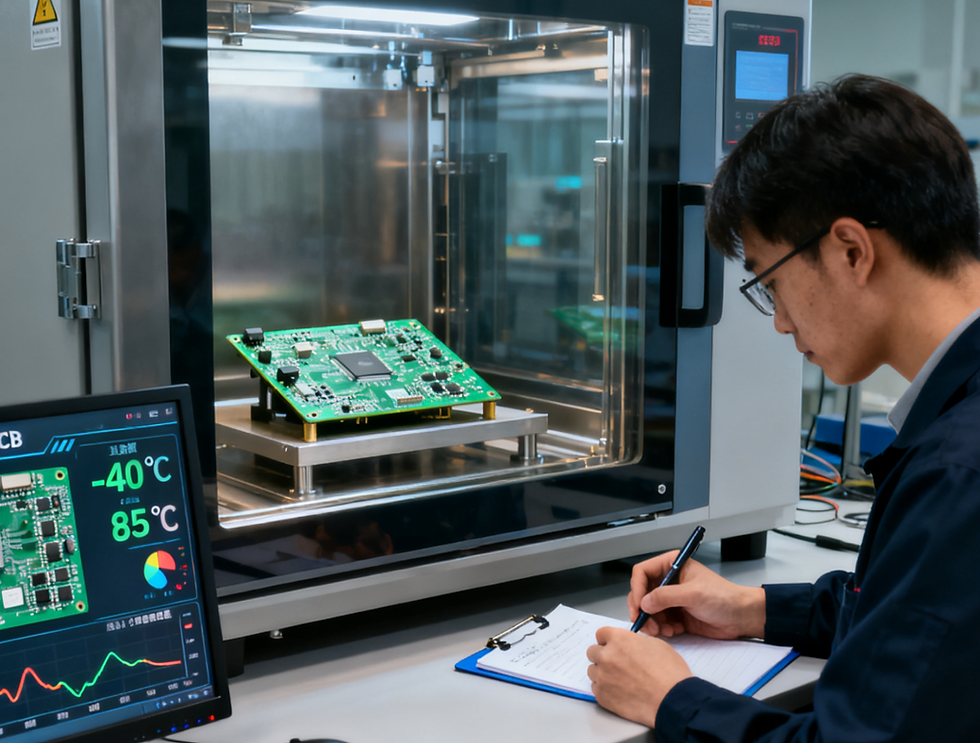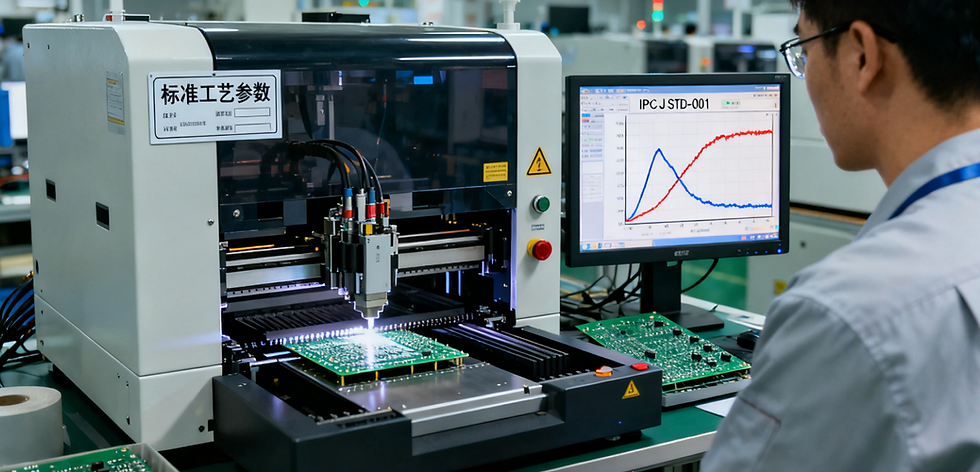Ensuring Compatibility Between PCB Design and High-Performance Components
- Sunsoar engineer Mia
- Mar 3
- 3 min read
In the rapidly evolving world of electronics, the demand for high-performance components is on the rise. Whether it's for consumer electronics, automotive systems, or industrial applications, the need for faster, more efficient, and reliable components is undeniable. However, integrating these high-performance components into a printed circuit board (PCB) design is not without its challenges. Ensuring compatibility between the PCB design and these advanced components is crucial for achieving optimal performance and reliability.
Understanding the Requirements
The first step in ensuring compatibility is to thoroughly understand the requirements of the high-performance components. This includes not only the electrical specifications but also the thermal, mechanical, and environmental considerations. High-performance components often operate at higher speeds and power levels, which can lead to increased heat generation. Therefore, the PCB design must account for efficient heat dissipation to prevent overheating and ensure long-term reliability.
Material Selection
The choice of materials for the PCB is another critical factor. High-performance components often require PCBs with specific dielectric properties, thermal conductivity, and mechanical strength. For instance, materials with low dielectric loss are essential for high-frequency applications to minimize signal loss. Similarly, materials with high thermal conductivity are necessary to manage the heat generated by high-power components. Selecting the right materials can significantly impact the performance and longevity of the final product.
Signal Integrity and Power Integrity
Signal integrity (SI) and power integrity (PI) are paramount when dealing with high-performance components. High-speed signals can be susceptible to issues such as crosstalk, reflection, and electromagnetic interference (EMI). To mitigate these issues, careful attention must be paid to the PCB layout, including trace routing, impedance matching, and the use of ground planes. Additionally, power integrity must be ensured by designing a robust power distribution network (PDN) that can deliver stable and clean power to all components.
Thermal Management
Effective thermal management is essential for maintaining the performance and reliability of high-performance components. This involves not only the selection of appropriate materials but also the design of the PCB layout to facilitate heat dissipation. Techniques such as the use of thermal vias, heat sinks, and proper component placement can help manage the thermal load. In some cases, advanced cooling solutions such as liquid cooling may be necessary to keep temperatures within acceptable limits.
Testing and Validation
Once the PCB design is complete, rigorous testing and validation are necessary to ensure compatibility with high-performance components. This includes electrical testing to verify signal integrity and power integrity, thermal testing to assess heat dissipation, and environmental testing to ensure the design can withstand the intended operating conditions. Any issues identified during testing should be addressed through design iterations until the desired performance and reliability are achieved.
Collaboration and Communication
Finally, ensuring compatibility between PCB design and high-performance components requires close collaboration and communication between all stakeholders, including component suppliers, PCB designers, and manufacturing teams. Early involvement of all parties can help identify potential issues and address them before they become critical. Clear communication of requirements, constraints, and expectations is essential for a successful outcome.
In conclusion, ensuring compatibility between PCB design and high-performance components is a multifaceted challenge that requires careful consideration of electrical, thermal, mechanical, and environmental factors. By understanding the requirements, selecting the right materials, addressing signal and power integrity, managing thermal issues, and conducting thorough testing, designers can create PCBs that fully leverage the capabilities of high-performance components. Collaboration and communication among all stakeholders further enhance the likelihood of success, resulting in reliable, high-performance electronic systems.



Comments